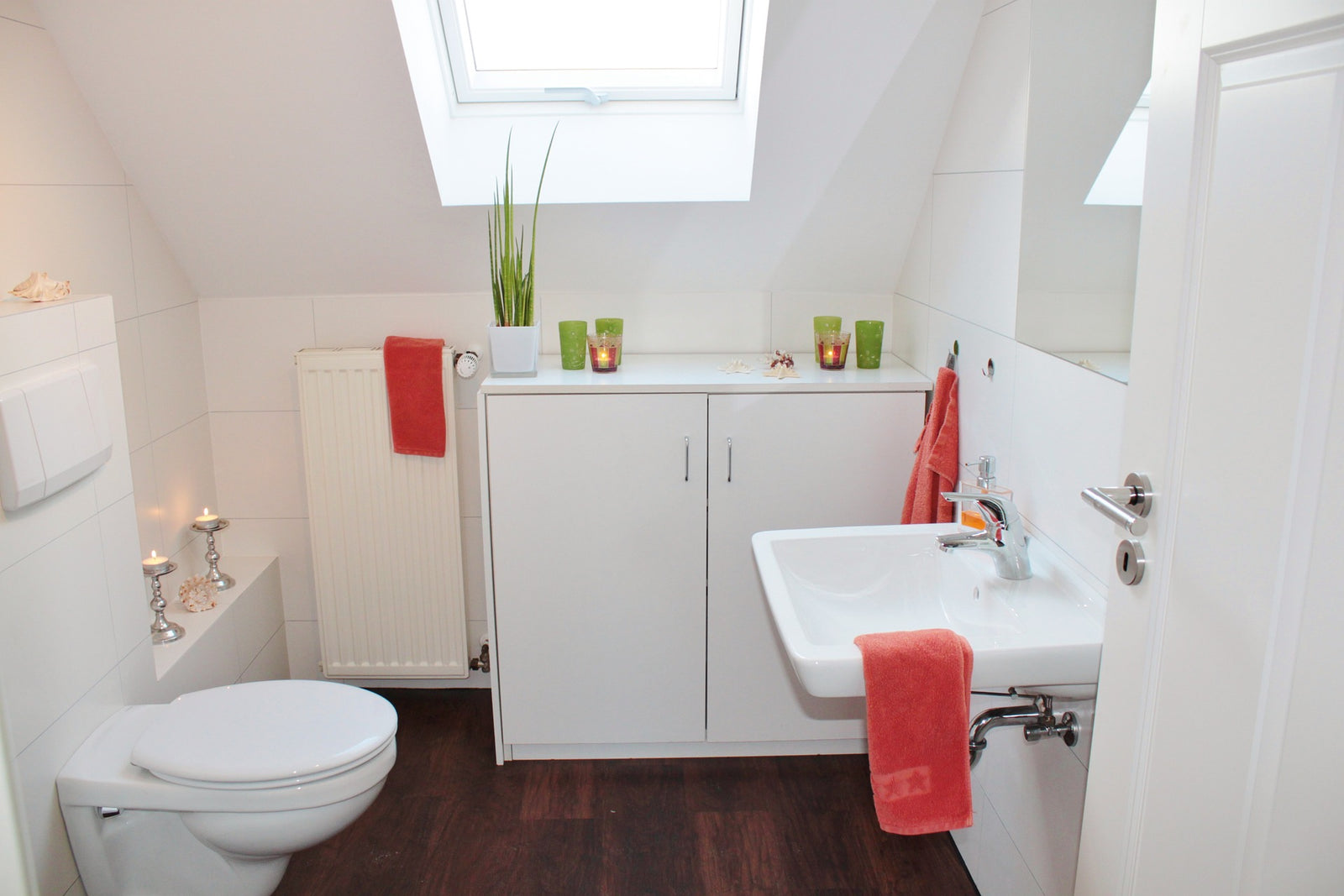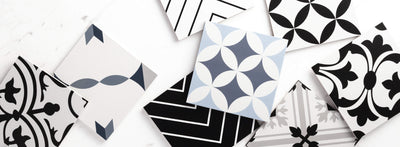If there’s one cardinal rule in interior design, it’s that there are no rules. How you design your bathroom is entirely up to you, though there are some guidelines that can help inform your decision. Factors that should be taken into account when shopping for the perfect bathroom tiles include the tile size, colour, and pattern.
Consider the overall theme of your bathroom’s look. Do you have various fixtures laying around depicting a certain colour scheme? Does the bathroom give off a beach vibe upon entering? When designing the look of a room, you in turn create an atmosphere - a feeling. Let that feeling guide the rest of your decisions in bathroom design, right down to the tiles!
That being said, let’s get into the previously mentioned guidelines that can help lead you to what you’re searching for.
Tile Size, Colour, & Pattern
Small bathrooms can feel cramped when using improper tile size. On the one hand, small tiles can create a feeling of busyness - this may be due to an improper pattern or colour choice, or because of excessive grout lines.
On the other hand, large tiles can make the room feel even smaller than it is. Either tile size can be the wrong fit for your bathroom if you don’t have a tiling strategy.
Large tiles can impart a feeling of serenity and calm, especially in a neutral colour scheme, such as white or grey. Bathrooms with small space can opt for large format tiles, meaning rectangular or square tiles, which will display few grout lines.
To avoid the busy feel that small tiles can create, steer clear of dark colours and patterns with too much going on. Stick to simple patterned tiles and light colours. These can create the illusion of more space. A great option for this would be mosaic tiles, which are very popular.
If you do want to opt for dark colours, monochrome can look very chic in small bathrooms, so long as their layout is kept simple.
Tile Layout
Laying the tiles in a diagonal pattern can also create the illusion of a bigger space. Diagonal patterns play a trick on the brain because the brain doesn't recognise these tiles as square. As a result, we're drawn to the longest dimensions of the room, making it difficult for the eye to tell how many tiles there are.
Floor vs Wall
Tiling from floor to ceiling can create a sense of continuity. This may help push back against the claustrophobic feeling small bathrooms can create, so as to avoid interrupting tiling and having excessive changes in tile levels.
Keeping both wall and bathroom floor tiles the same color will also create a clean and cohesive look. Alternatively, you can choose a patterned floor tile that will add contrast between the wall tiles.
These bathroom tile ideas are just a guiding light to help you find your way in the interior designing darkness. No matter what experts or guidebooks say, what’s most important is how your bathroom makes you feel. It should be comfortable and inviting, not a sterile-looking page out of Good Housekeeping.

